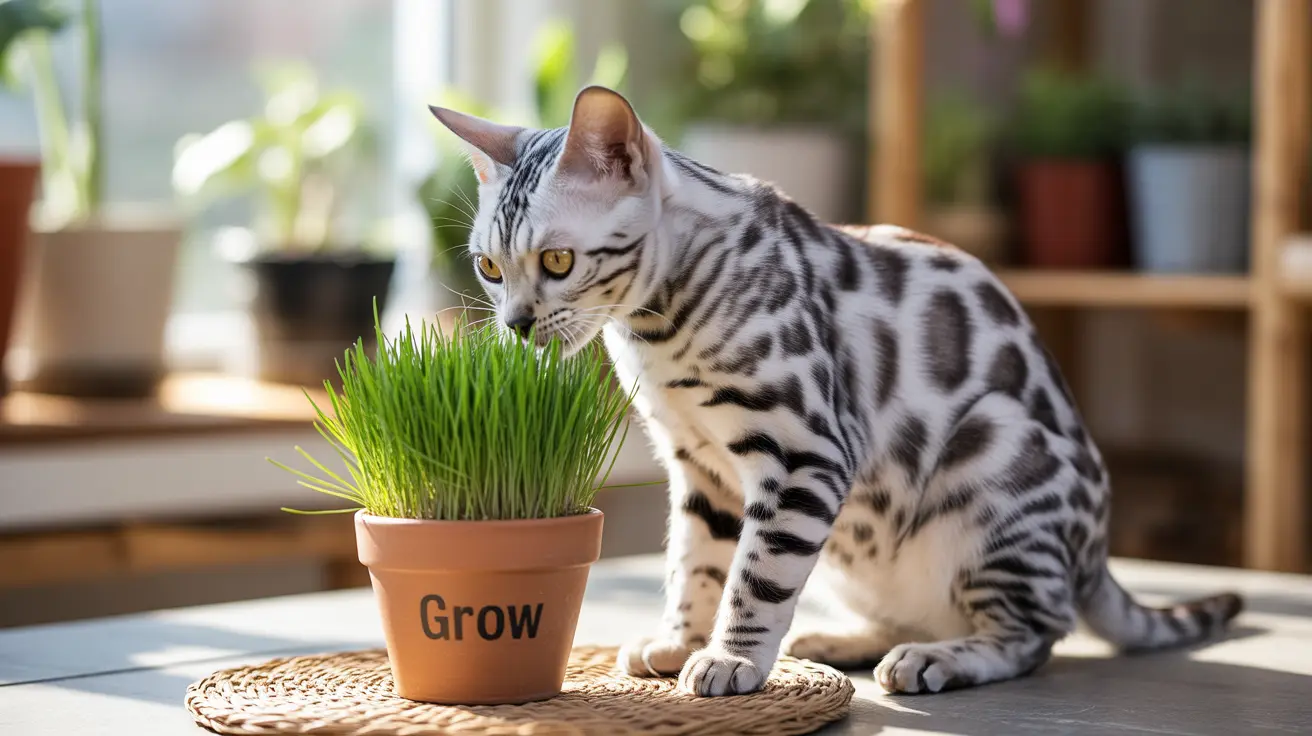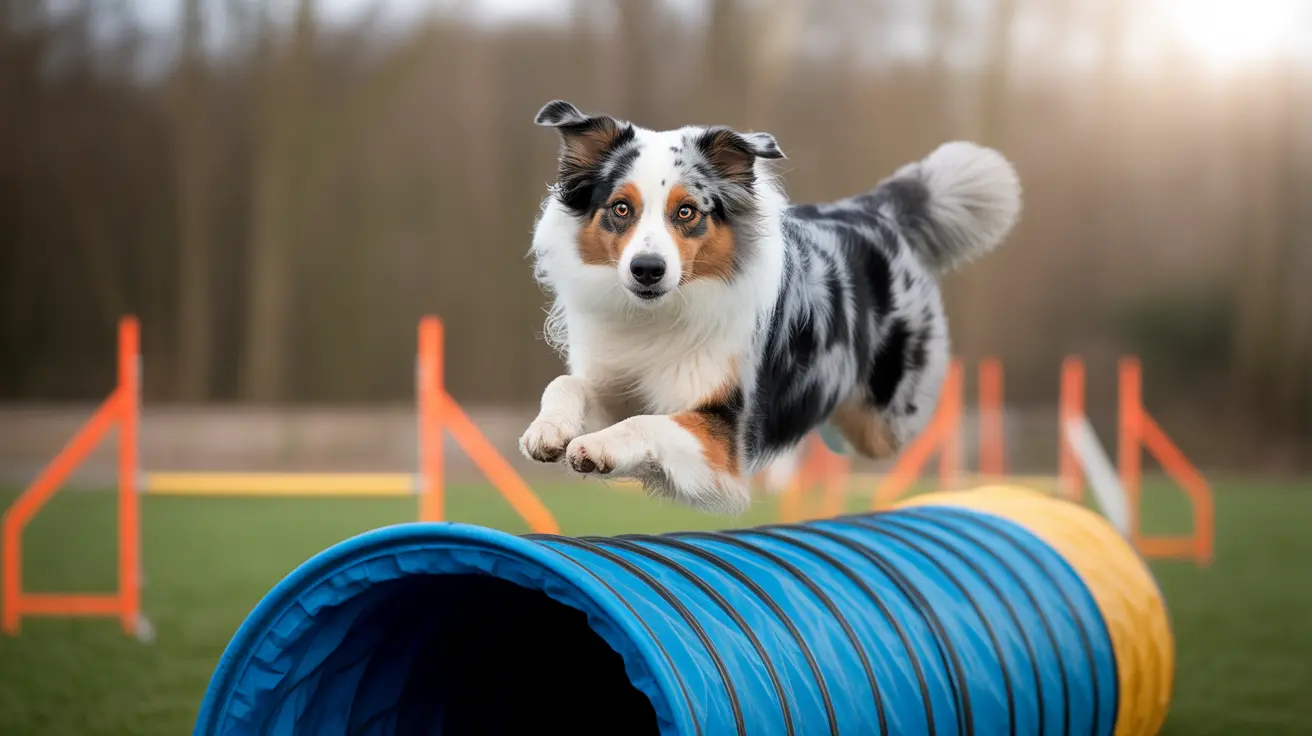If you're wondering whether cats can eat chia grass, the good news is that it's generally safe and can even offer some nutritional benefits for your feline friend. As more pet owners explore natural supplements and enrichment options, chia grass has gained attention as a safe, nutrient-rich addition to cats' environments.
In this comprehensive guide, we'll explore everything you need to know about feeding chia grass to cats, including its safety profile, potential benefits, and proper serving guidelines.
Understanding Chia Grass and Its Safety for Cats
Chia grass, which consists of young shoots grown from chia seeds (Salvia hispanica), is classified as non-toxic to cats by the ASPCA. Unlike some other members of the mint family that can be harmful to cats, chia grass poses no inherent toxicity risks when offered in moderation.
While safe, it's important to note that chia grass should be viewed as a supplement rather than a dietary staple. Clean, pesticide-free grass is essential for your cat's safety.
The Benefits of Chia Grass for Cats
Chia grass offers several potential benefits for cats:
- Rich in vitamins A, C, and E
- Contains beneficial antioxidants
- Provides natural fiber
- May help with hairball prevention
- Offers environmental enrichment for indoor cats
How to Safely Introduce Chia Grass to Your Cat
When introducing chia grass to your cat's routine, follow these guidelines:
- Start with small amounts
- Monitor for any digestive reactions
- Ensure the grass is grown in clean conditions
- Offer fresh grass only
- Watch for signs of overconsumption
Growing Your Own Chia Grass
Growing chia grass at home is relatively simple and ensures a fresh, safe supply for your cat:
- Use organic, unprocessed chia seeds
- Plant in clean, chemical-free soil
- Provide adequate light and water
- Harvest when shoots reach 2-3 inches
- Maintain regular cleaning of the growing area
When to Exercise Caution
While generally safe, there are situations where caution is needed:
- Cats with digestive sensitivities
- Those on certain medications
- Pets with a history of plant overconsumption
- Cats with underlying health conditions
Frequently Asked Questions
Can cats eat chia grass, and is it safe for them?
Yes, chia grass is safe for cats and is officially listed as non-toxic by the ASPCA. However, it should be offered in moderation and grown in clean conditions without pesticides or chemicals.
What are the nutritional benefits of chia grass for cats?
Chia grass provides vitamins A, C, and E, antioxidants, and dietary fiber. It can aid in hairball prevention and offer digestive support when consumed in appropriate amounts.
How should I introduce chia grass to my cat's diet to avoid digestive issues?
Start with small amounts and monitor your cat's reaction. Offer fresh, clean grass in limited quantities and watch for any signs of digestive upset like vomiting or diarrhea.
Can chia seeds be used as a substitute for cat grass, and what are the differences?
While both are safe, chia seeds and chia grass serve different purposes. Seeds should always be hydrated before feeding, while grass can be offered fresh. They have different nutritional profiles and should not be considered interchangeable.
Why do cats eat grass like chia grass, and what does it indicate about their health?
Grass-eating is a natural behavior in cats that may help with digestion, hairball elimination, or fulfill instinctive needs. Regular grass consumption isn't necessarily a health concern, but excessive consumption should be discussed with a veterinarian.
Remember to always consult with your veterinarian before making any significant changes to your cat's diet or supplementation routine. While chia grass can be a healthy addition to your cat's environment, it should never replace their regular, balanced diet.






